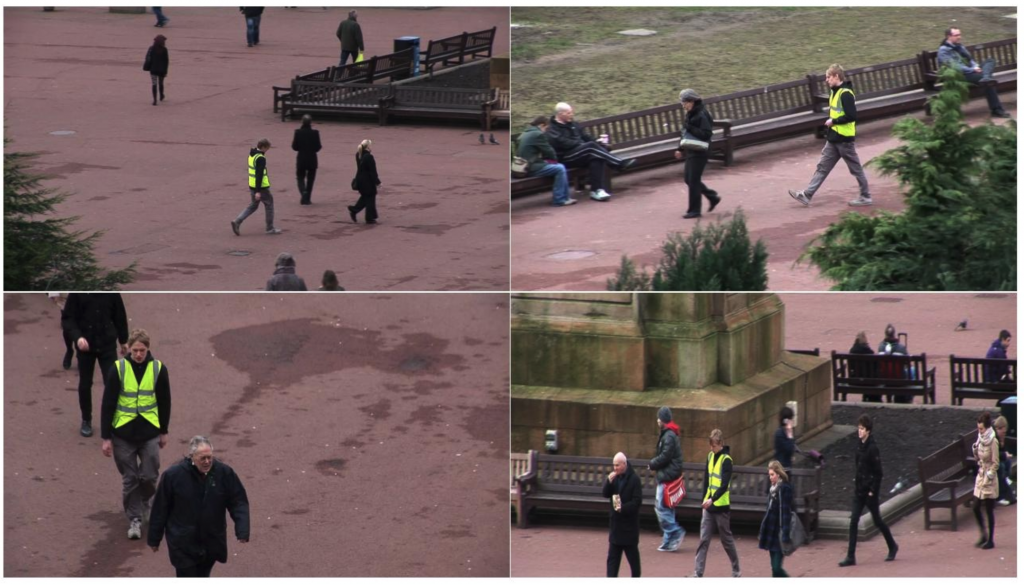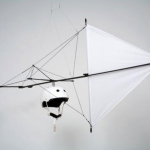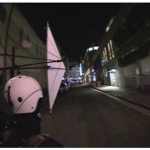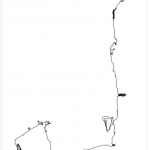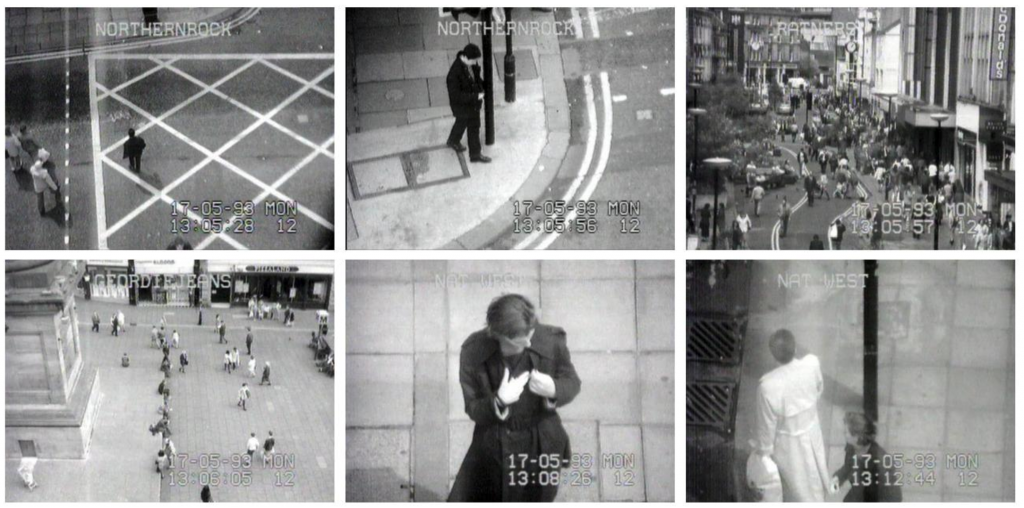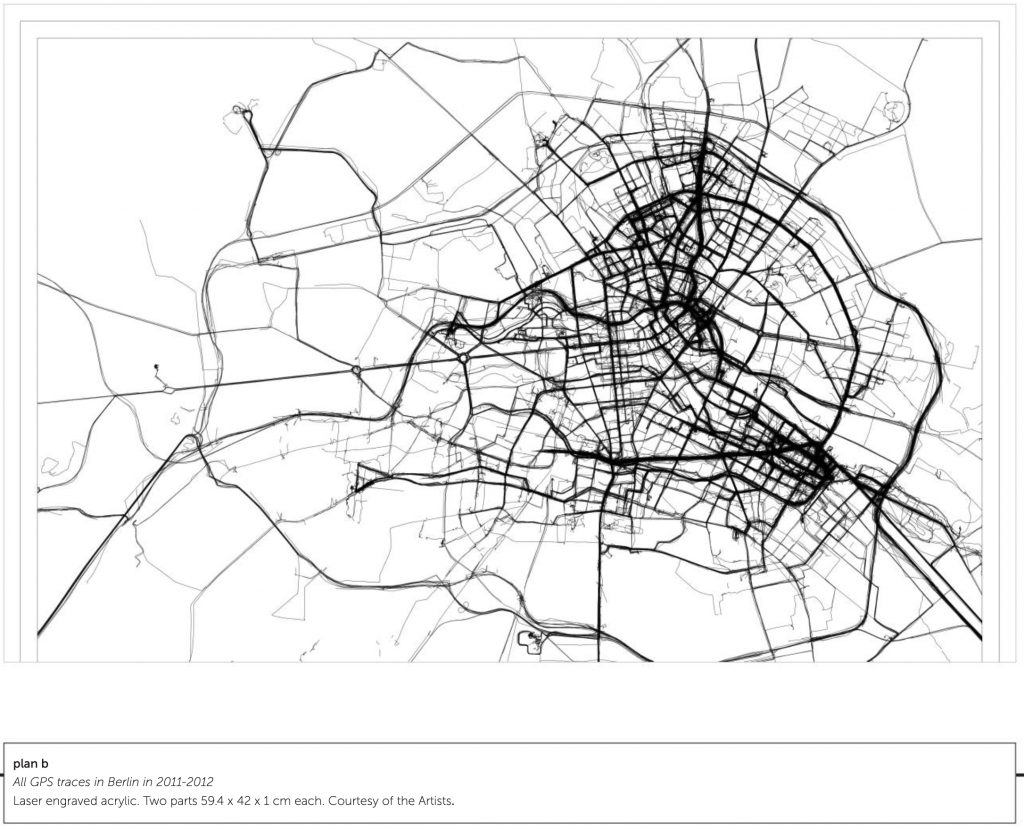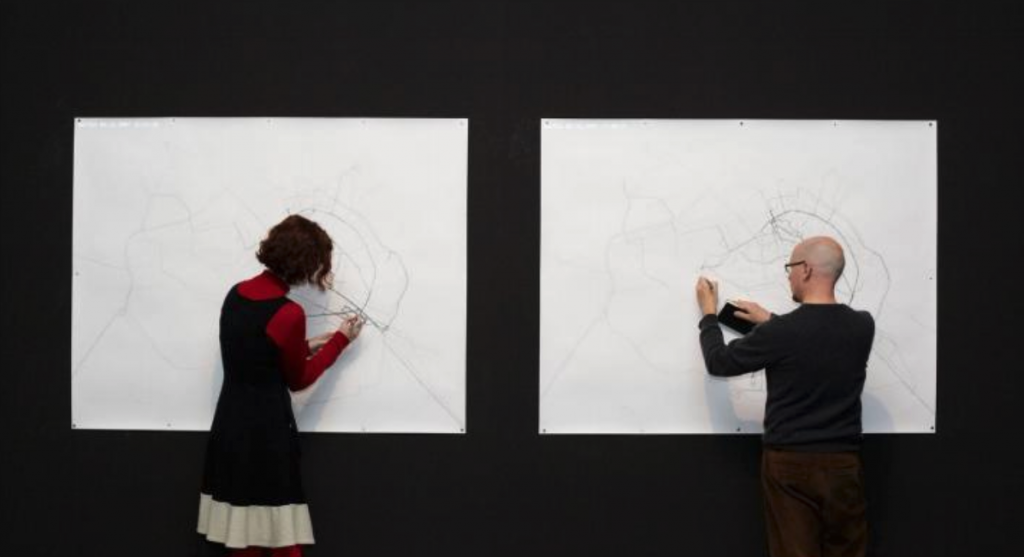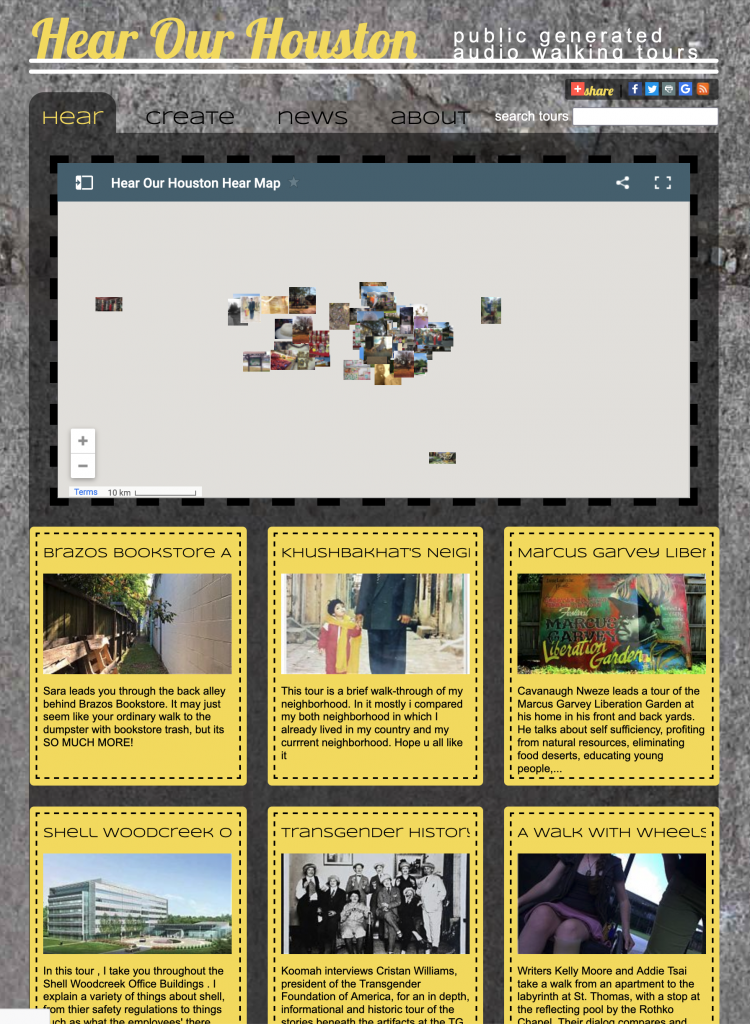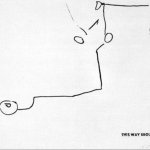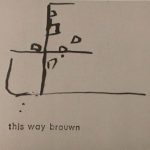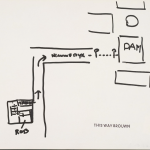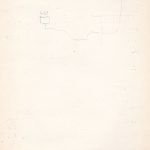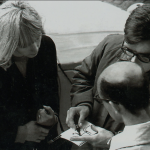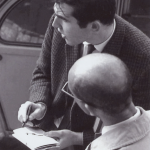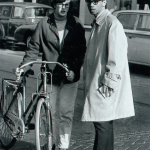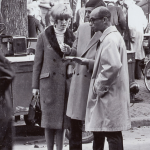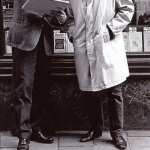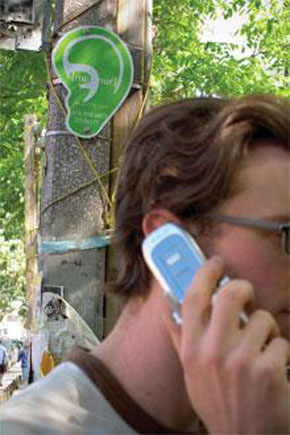
(credit)
Introduction
[murmur] is a documentary oral history project that records stories and memories told about specific geographic locations. In each of these locations there is a [murmur] sign with a phone number on it that anyone can call to listen to a story while experiencing being right where the story takes place.
The stories are as personal as the relationship people have with the spaces they inhabit. Secret histories are unearthed, private truths unveiled, and tales as diverse as the city itself are discovered and shared.
Whose voices are not part of the official story of your neighbourhood?
[murmur] is a Toronto-based collective, collaborating on an archival audio project of first person stories related to particular urban locations, as told by people with a personal connection to the story material. A distinctive green ear-shaped street sign is mounted at each storied spot, displaying a phone number passersby can call on their mobile phones to access that location’s stories, or to leave their own. Stories are also made available along with other information (maps, photos, etc.) on the [murmur] website, and story map postcards are distributed throughout the city.
[murmur]’s Mission
At its core, [murmur]’s mission is to allow more voices to be woven into the “official” narrative of a place or city, democratizing the ability to shape people’s perspectives of place, and making cities, neighbourhoods and ordinary places come alive in new ways for listeners. [murmur]’s stories, though personal or even purely anecdotal, inevitably reveal elements of the wider social, civic and political history of a given spot, its surrounding location, and the communities and individuals connected to it.
By engaging with [murmur], people develop a new intimacy with their surroundings and “history” acquires a multitude of new voices, while the physical experience of hearing a story in its actual setting – of hearing the walls talk – brings uncommon knowledge to common space, bringing people closer to the real histories that make up their world, and to one another.
Transforming Places
[murmur] also allows participant storytellers to become community artists themselves – participants in the act of transforming place, and creating and linking communities, through story and public art. The physical marking of the story access spots, by pole-mounted metal signs at street level, also lets these stories become part of the physical urban landscape, giving tellers the opportunity to leave a lasting mark on the communities that inspired their stories, and mapping their experiences onto space together with others who have shared, or continue to share, that space. Community members and visitors can dip in and out of the collections as they go about their daily lives, and once they have, the hope is the storied spots will continue to resonate with new levels of meaning and historical association, far beyond the occasion of first listening.
[murmur] Abroad
The [murmur] project was developed at the Canadian Film Centre New Media Lab in 2002 and first launched in the summer of 2003 in Toronto’s Kensington Market. Since that time, installations have been launched in several neighbourhoods across Toronto as well as in Montreal, Vancouver, Calgary, San Jose, Sao Paulo, Edinburgh, Dublin and Galway, Ireland. [murmur] in the Grange neighbourhood of Toronto, a collaboration with the AGO’s ArtsAccess programme, launched in 2009.
More [murmur]
All members of a community are encouraged to contribute to this project, so that the “voice” of [murmur] reflects the diverse voices of the neighbourhood. These are the stories that make up the city’s identity, but they’ve been kept by the people who live here. [murmur] brings that important archive out onto the streets, for all to hear and experience, and is always looking for new stories to add to it’s existing locations.
To find all the story locations, visit the [murmur] web site. After calling the number at any given location and listening to the story, you will have the chance to tell your own tale, giving voice to your own experiences and sharing your version of history with the rest of us.
